How To Plug In Headphones On Iphone Xr
Lightning headphones: everything you need to know
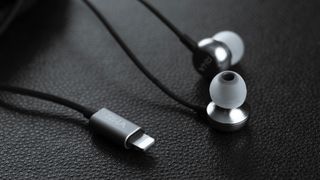
When Apple removed the traditional 3.5mm headphone jack from the iPhone 7 and the iPhone 7 Plus in 2016, it divided opinion. What was the point of removing the audio jack? And what's so good about the Lightning connection?
Over four years on and some people still haven't forgiven them.
The lack of a 3.5mm jack on the Cupertino giant's next slew of smartphones (iPhone 8, 8 Plus, iPhone X, iPhone XS, iPhone XR and iPhone XS Max) confirmed once and for all that Apple had cut ties with the once-ubiquitous audio connection.
Fast forward to 2021 and here we are, with the still-devoid-of 3.5mm iPhone 12, iPhone 12 Mini and iPhone 12 Pro Max, all of which sport just the Lightning port (and spoiler alert: they're all five-star phones).
Despite news at the end of January 2020 that MEPs voted in favour of a universal phone connection – and thus an end to Apple's proprietary Lightning port – the connector is still very much a feature of Apple's September 2020-issue iPhone 12 rollout.
Where Apple goes, the rest tend to follow. Even if you're not an Apple fan, the changes have clearly had knock-on effects when it comes to the rest of the consumer electronics landscape.
So why did Apple remove the iPhone headphone jack, and what does that mean for competing smartphones, for iPhone headphones and for the rest of the headphone market? Allow us to explain.
When did Apple introduce the Lightning port?
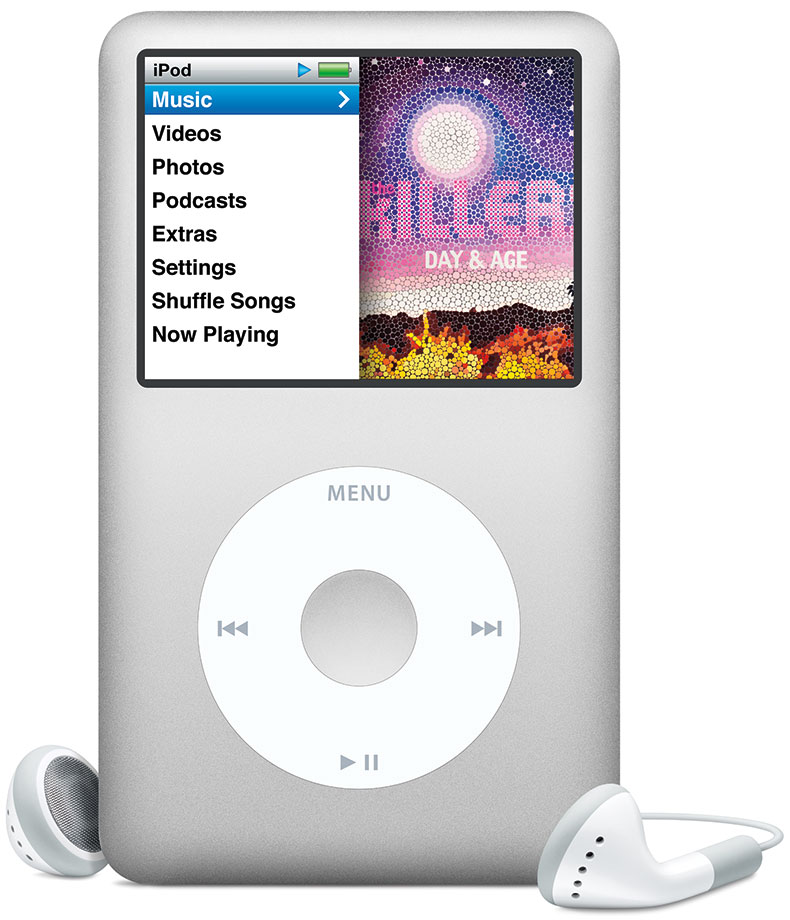
The Lightning port was first introduced with the iPhone 5 back in September 2012, replacing the 30-pin connector that had been used for charging on every previous iPhone and iPod – but its inclusion didn't do away with the 3.5mm jack for your headphones entirely.
The Lightning port's introduction meant the industry had to adapt overnight, most notably by releasing new speaker docks and accessories to accommodate the smaller connection. Apple released an adapter that allowed you still to use your 30-pin device, but only with a Lightning dock or speaker.
When Apple quietly killed off the iPod Classic in September 2014, it took with it the last Apple device using the company's 30-pin connector.
Though it was a big story at the time, slowly but surely, everyone simply adjusted to the change.
Apple no doubt hoped the same adjustment would follow when the 3.5mm jack left the iPhone altogether with the iPhone 7 in September 2016. To help ease the pain for consumers with wired headphones, Apple provided a little Lightning to 3.5mm adapter in the box, too
But more recent versions of the iPhone have not only ditched the adapter but also omitted bundled EarPods and even a charger – the most recent iPhone 12 rollout comes with just a USB-C to Lightning cable. This means you'll either have to buy an adapter (for £9), some EarPods (for around £19), wireless headphones, or go for a pair of alternative Lightning headphones.
MORE: Apple iPod Classic review
Why did Apple remove the 3.5mm headphone jack?
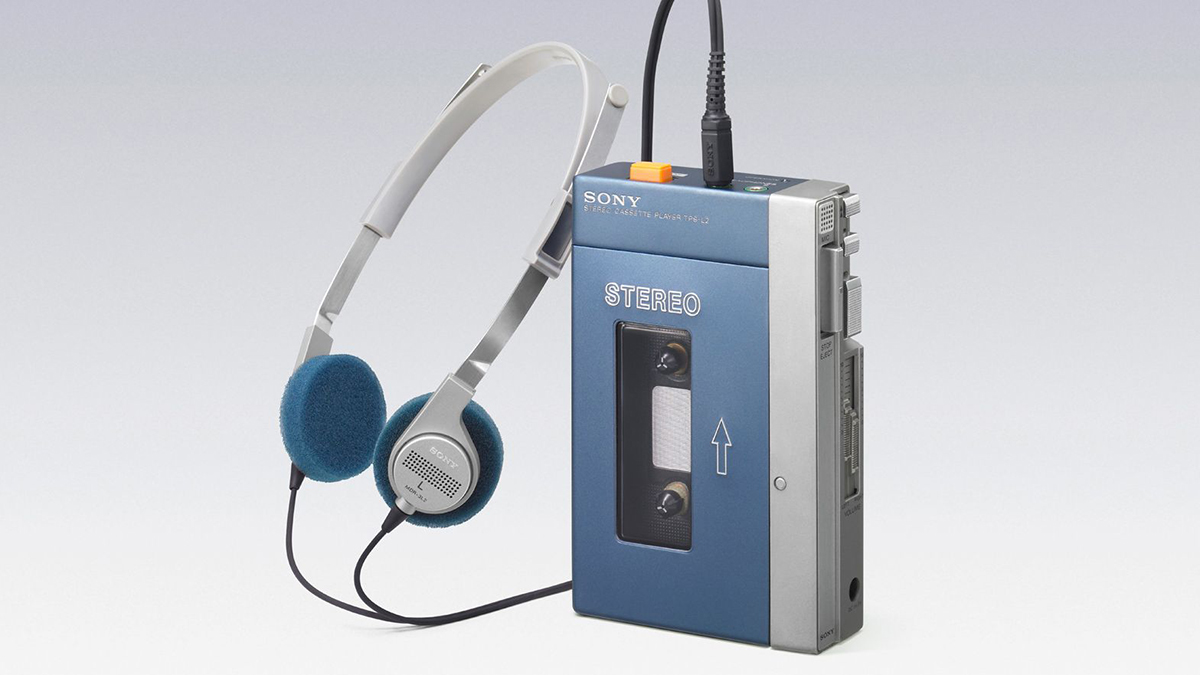
It's quite clear that for Apple, wireless is the way forward – see the firm's AirPods Max over-ears and ever-popular AirPods Pro. Not got that kind of money? That's OK, Apple's subsidiary brand, Beats, offers a wireless neckband design for £50 ($50) called Beats Flex.
The 3.5mm headphone connector had been on portable devices since 1964 when it launched on the Sony EFM-117J radio. It subsequently became popular in 1979 with the release of the Sony Walkman.
It's worth noting that although the removal of the 3.5mm jack on the iPhone caused quite the furore, the original iPhone didn't have a headphone jack that worked for everyone, either.
Apple's inaugural 2007 iPhone did have a headphone jack (still a rarity for mobile phones at that time) but it was deep-set, meaning that not every pair of headphones was actually compatible. The audio port in the first generation iPhone was embedded a few millimeters into the top of the iPhone, with a round recess that was narrower than many existing headphone plugs. This presented three options: use the earbuds Apple included with your iPhone purchase (which did fit), try to whittle down the rubber on your existing headphone jack (you may laugh, but some readers are nodding sagely at the memory), or use a dongle.
Moving through the generations, one key benefit it was claimed could be achieved by removing the 3.5mm port altogether in 2016 was the chance to make the iPhone 7 thinner. But in fact, it was no thinner than the previous model – both the iPhone 7 and iPhone 6S measured 7.1mm.
One rumour that did prove true was that the space taken up by the headphone socket would make room for a second speaker. The iPhone 7 (and iPhone 8, 8 Plus, X, XR and XS) had stereo speakers, which Apple claimed could deliver much better sound when not using headphones.
Ultimately, Apple simply thought the 3.5mm headphone jack wasn't doing enough for the iPhone to justify its space – and, of course, it's a good excuse to get everyone to move towards Lightning. Latterly, wireless headphones have also been Lightning's main competition.
Does using the Lightning connection mean better sound quality?
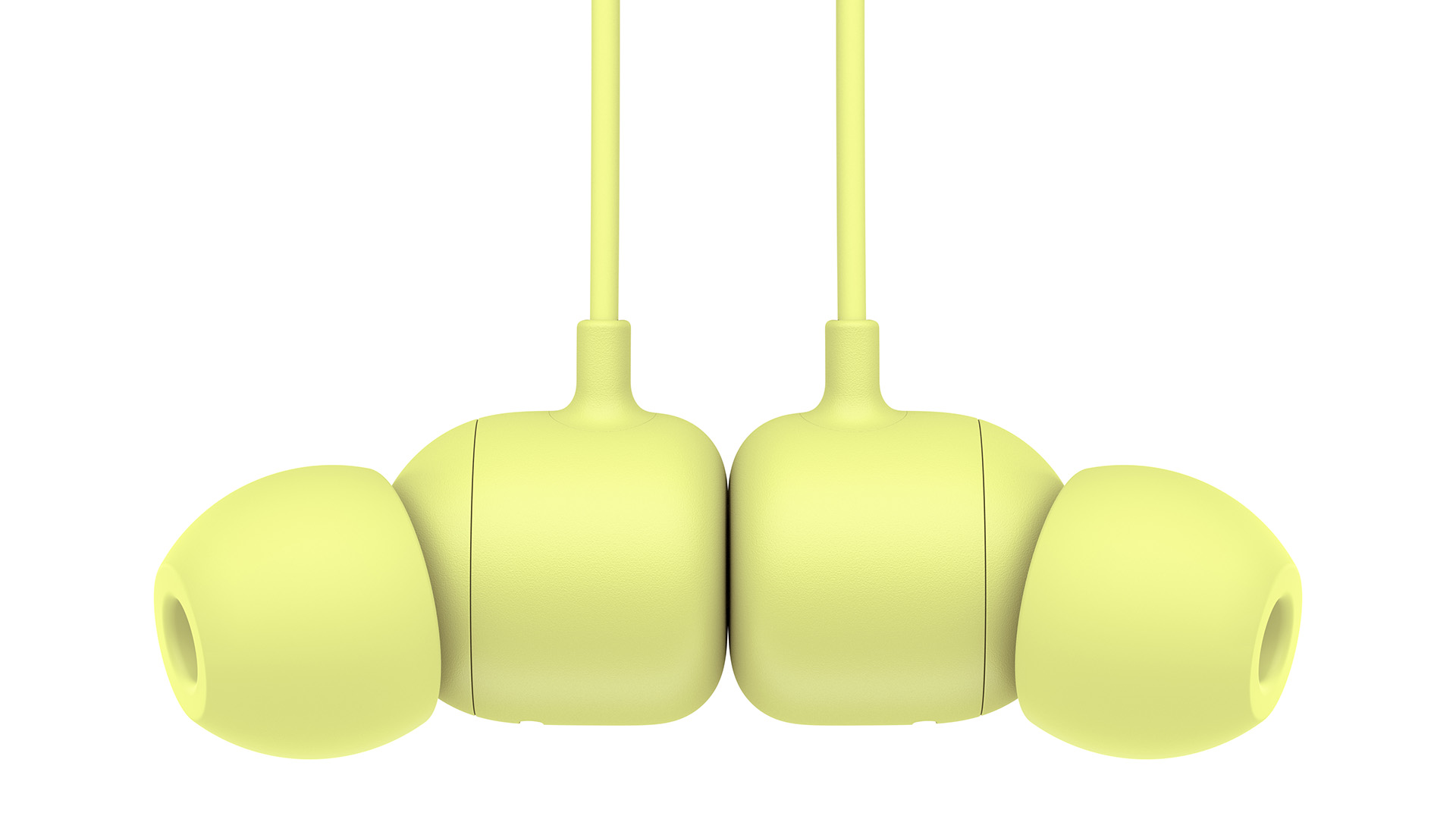
While we may have answered yes to this question in 2016, it's been a long time since the first truly wireless earbuds arrived in 2015, and the realms of audio tech within the sector have improved dramatically.
Every iPhone we've tested to date has sounded incrementally better with each new iteration and – although a large part of that is down to the quality of the headphones you use with them – the iPhone 12 now supports Dolby Atmos and Apple's own spatial audio processing, available to enjoy through the AirPods Pro and the AirPods Max. Apple has got into the habit of producing some of the best-sounding smartphones on the market and essentially, the latest iPhone 12 picks up where the iPhone 11 left off.
Wireless earphones did tend to sound worse than similarly priced wired models, but a quick glance at the newest AirPods Max review will show you that Apple has atoned for that. That said, Lightning headphones, which take digital rather than analogue audio from your device, do have the potential to sound better than their analogue counterparts – but it's a closely-run race.
MORE: Apple AirPods Max review
What Apple Lightning headphones are on the market?
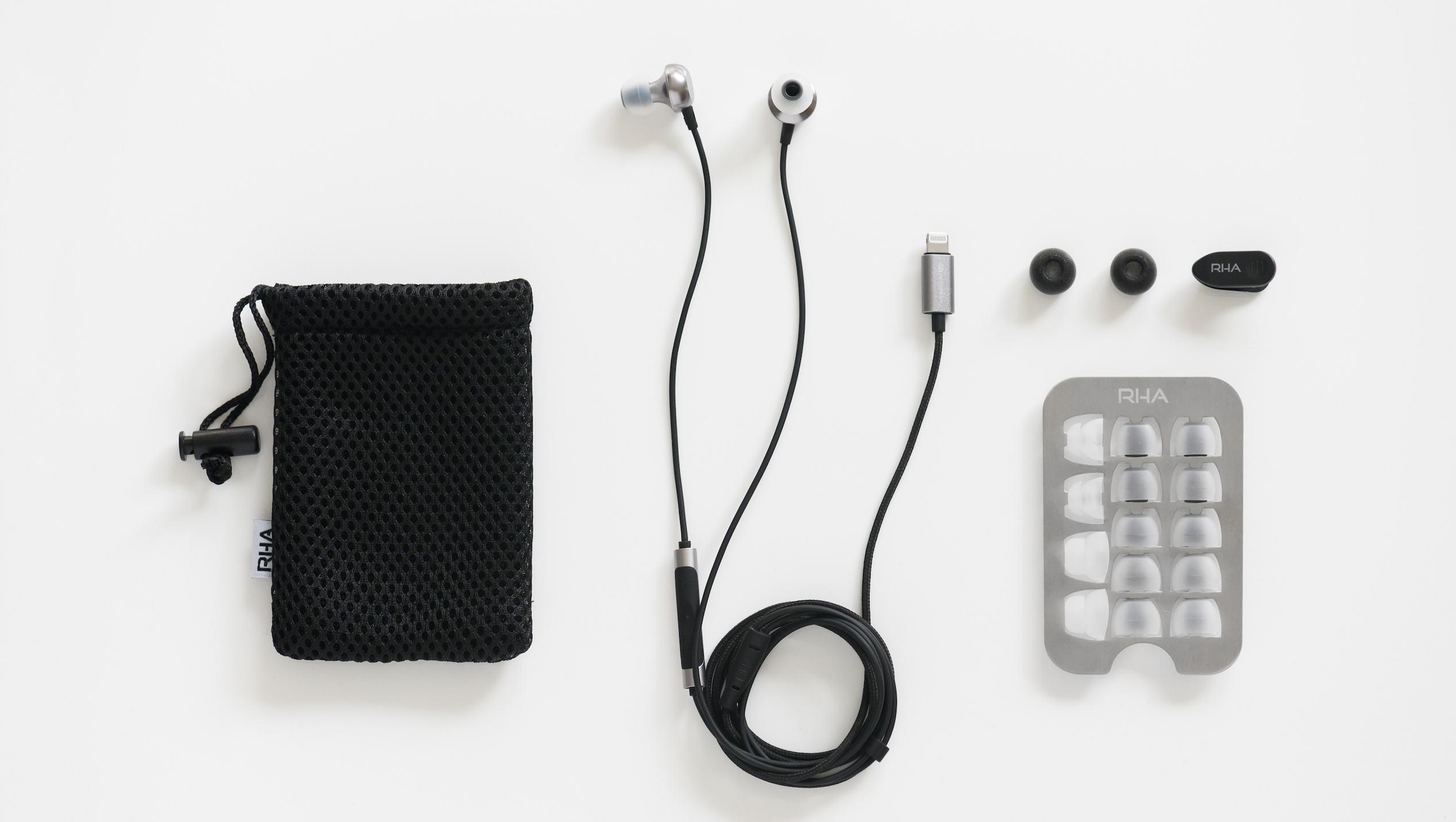
Since rumours of Apple's complete removal of the 3.5mm headphone jack started circulating, headphone manufacturers competed to release new Lightning and Bluetooth models.
Philips was ahead of the crowd when it released the great-sounding M2L headphones back in 2014, but since then, high-end headphone brand Audeze has released the on-ear Sine and over-ear EL-8 Titanium pairs. There's also the iSine 10 and 20 in-ears that come with a Lightning cable and the RHA MA650i – the company's first dedicated Lightning earphones.
But there are plenty more (and better) pairs of headphones that use the Lightning connection, such as Libratone's Q Adapt range of headphones (which also feature noise-cancelling), the JBL Reflect Aware, and the Pioneer Rayz headphones.
B&W's flagship Signature P9 wireless headphones also include a Lightning adapter in the box, while Beats (an Apple subsidiary since 2014) has a dedicated urBeats3 model with Lightning connector.
Want another unique suggestion? Beats also offers a joint effort with Tokyo based fashion brand Ambush. Essentially, it's a glow-in-the-dark, Ambush-branded version of its latest spring 2020 release, the Powerbeats wireless earbuds. The only difference in the Ambush Glow edition compared to the newest 4th-gen Beats Powerbeats (the successors to the very capable Powerbeats3 although Beats decided to drop the numbering system and just call the 2020 update 'Powerbeats') is their colour, the branding, and the pouch to tote them around in. In the dark, this Powerbeats model glows bright green. Way to make a statement...
MORE: Best Apple AirPods alternatives 2021
What about wireless headphones for the iPhone 12?
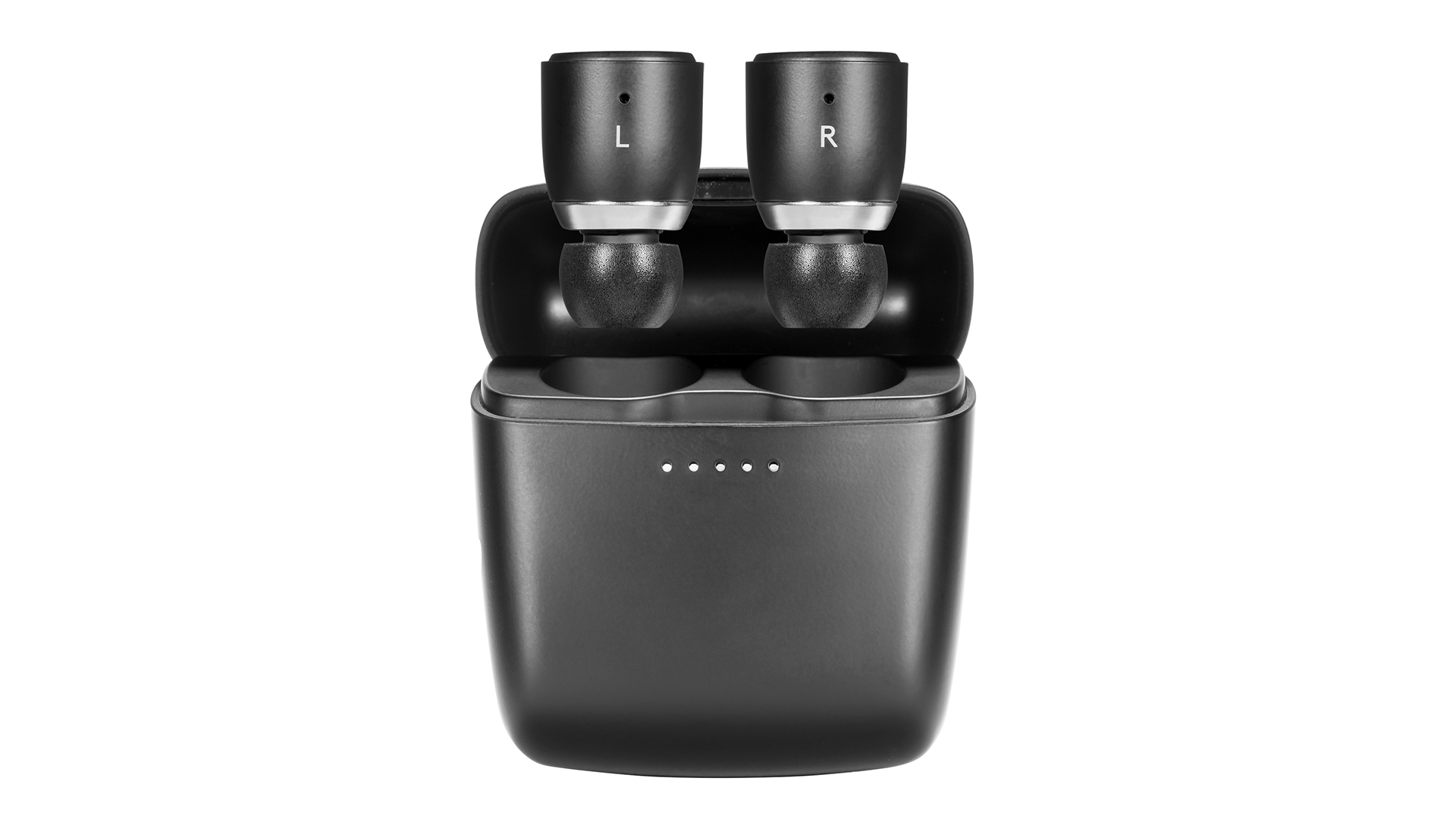
Of course, it's not just Lightning headphones that work with the very latest iPhones, but wireless Bluetooth ones as well.
There are plenty of excellent pairs already on the market, such as the Award-winning Sony WF-1000XM3, Sennheiser Momentum True Wireless 2 , Sony WH-1000XM4, Cambridge Audio Melomania 1, Earfun Air and Earfun Air Pro – several of which also boast ANC (active noise cancelling).
We weren't entirely enamoured by the looks or sound of the original AirPods, but the 2019 second-generation AirPods improved on the model's sonic performance by leaps and bounds, and initiated an explosion of AirPods alternatives arriving on the market daily.
MORE: Why I will never own a pair of noise-cancelling headphones
What are the disadvantages of Apple Lightning headphones?
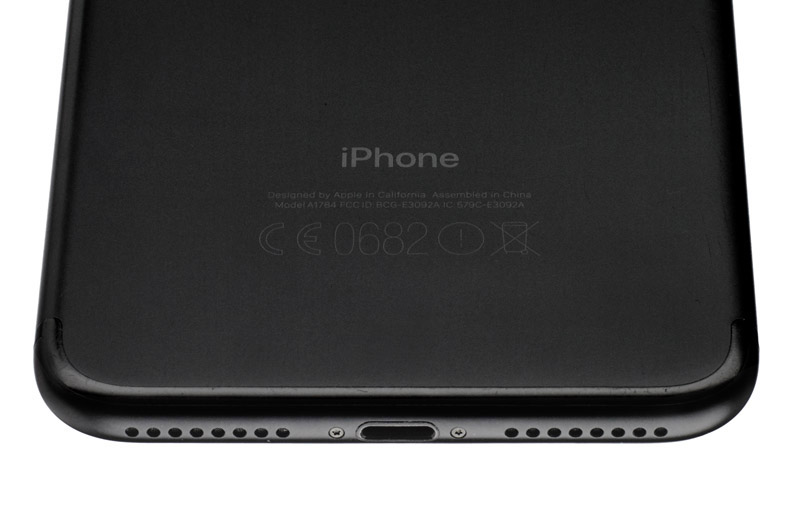
The most obvious problem we faced when ditching the 3.5mm headphone connection was that our existing headphones would no longer plug straight into our iPhones. Nor could we plug said iPhones straight into our system with a simple aux cord. This affected plenty of other accessories, too.
Apple provides a Lightning-to-3.5mm adapter for £9 (it no longer comes in the box with the purchase of an iPhone) but it doesn't look particularly neat – and is easily lost if disconnected and bundled in with your headphones on a road trip.
Listening to music with wired headphones while charging (both require the Lightning port) was no longer possible with the iPhone 7, but Apple addressed this issue for the iPhone 8, 8 Plus and X series by offering Qi-standard wireless charging.
There are plenty of Qi-certified charging pads available on the market, so you don't have to hope for the ball to start rolling on Apple's problematic – and currently stalled – AirPower charging system again, either.
Any active noise-cancelling headphones that draw power from your iPhone could reduce battery life, which hasn't been the strong point of some of Apple's most recent handsets.
Do iPhones come with wireless headphones?
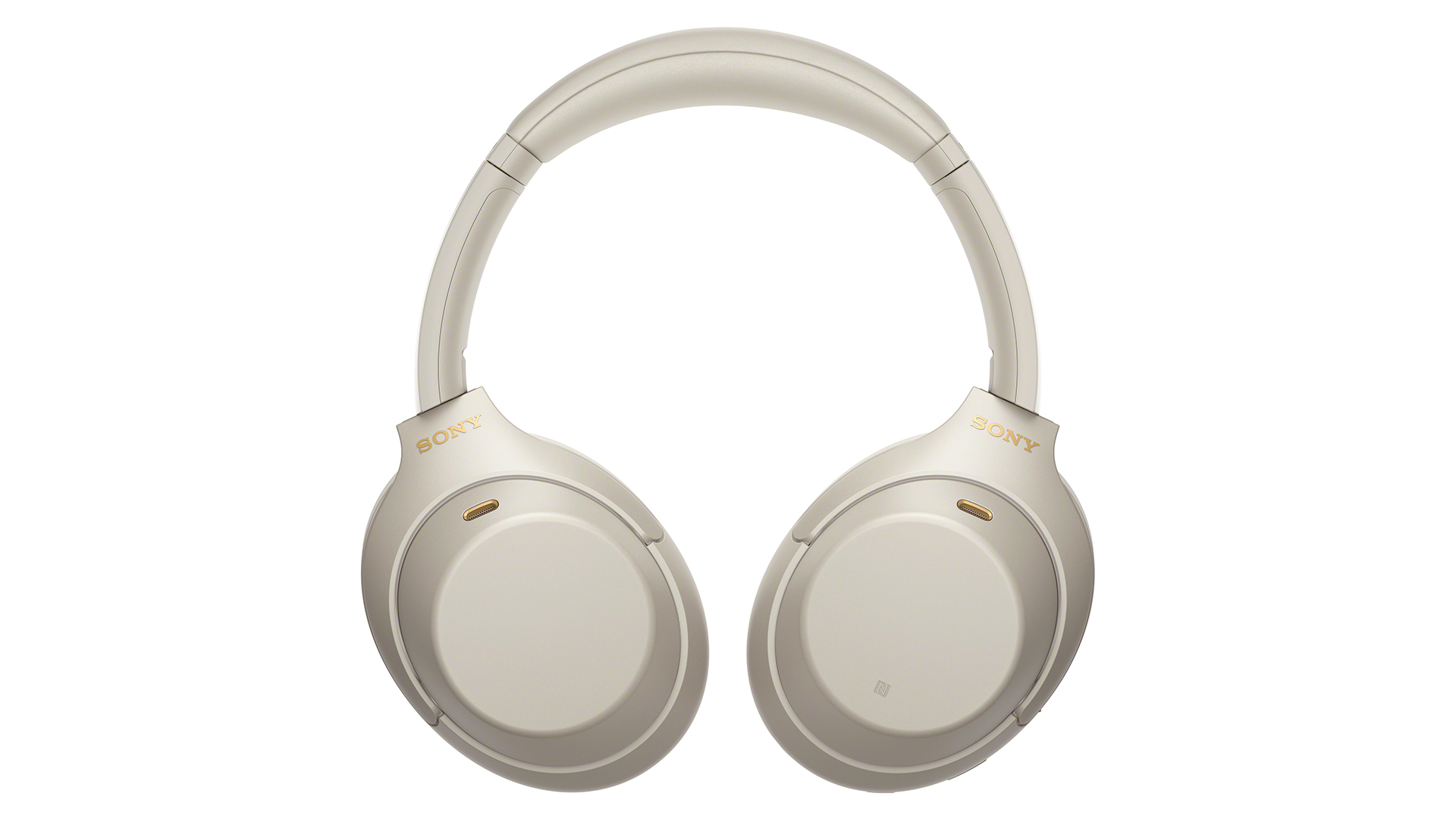
The iPhone X, XR and XS Max didn't come bundled with wireless headphones, and the change is here to stay – the latest iPhone 12 comes only with a USB-C to Lightning cable in the box. But, as the change from 30-pin to Lightning paved the way for wireless speakers, a change to the headphone connection has seen a serious boost in the manufacture of wireless headphones.
There are a plethora of good Bluetooth headphones on the market and the sector is only growing and diversifying – see bone conduction sports headphones from Bose and Philips, for starters.
MORE: Best wireless Bluetooth headphones 2021: in-ear, over-ear, noise-cancelling
Can I use my existing headphones with the iPhone 12?
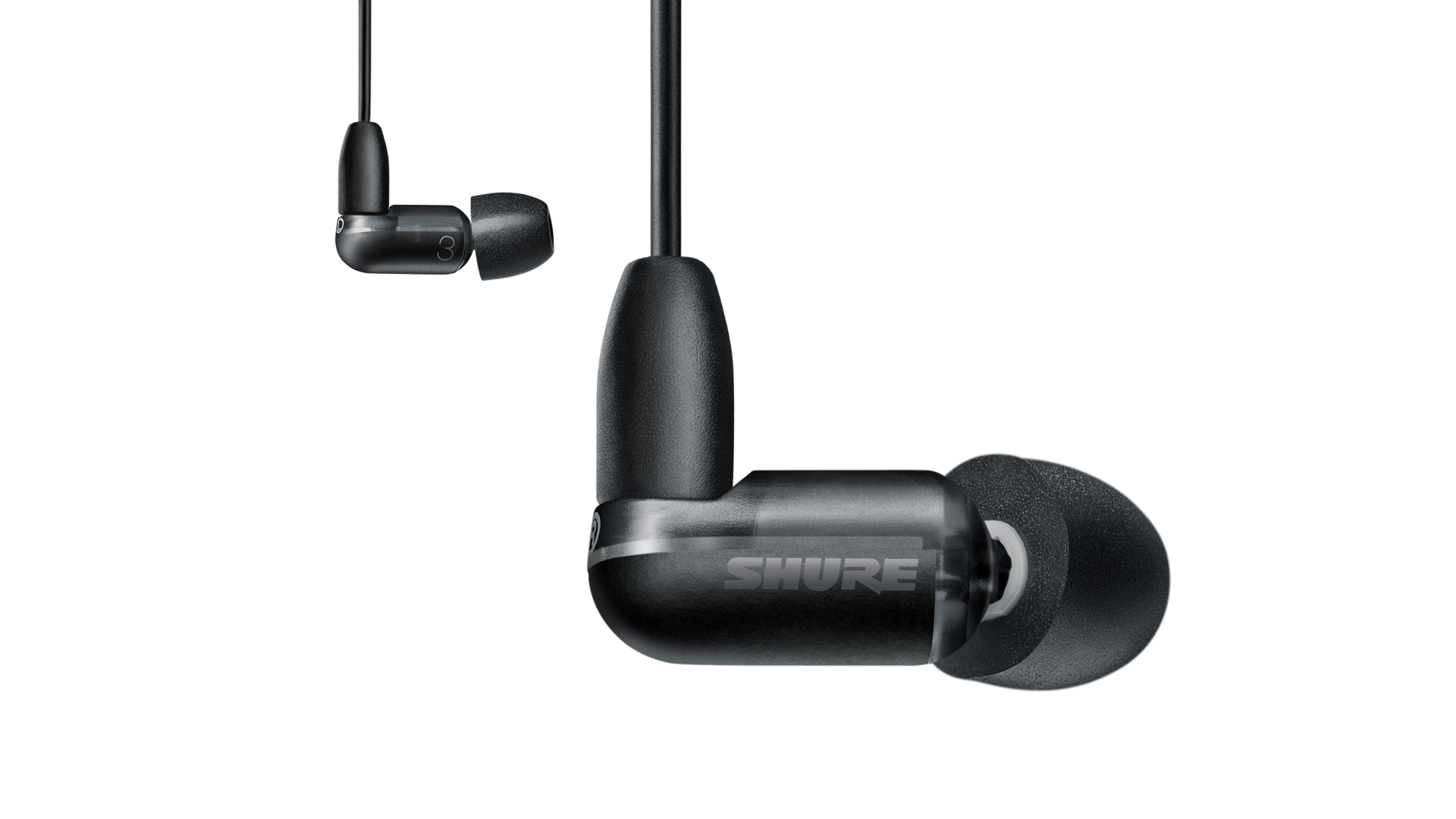
But what if you've invested a lot of money in a pair of audiophile wired headphones with a 3.5mm plug? You can't use them with your iPhone via its Lightning connection, unless you use an adapter or connect them via a DAC, such as the Chord Mojo.
Of course, you could get a dedicated hi-res audio player from the likes of Astell & Kern, (we'd recommend the Kann Alpha here) Pioneer or Sony, instead of using your smartphone as a music player. And don't forget, the Apple iPod Touch (2019) still sports a headphone jack and still delivers class-leading sound at its price point...
MORE: Best DACs 2021: USB, portable and desktop DACs
See the best iPod Touch deals 2021
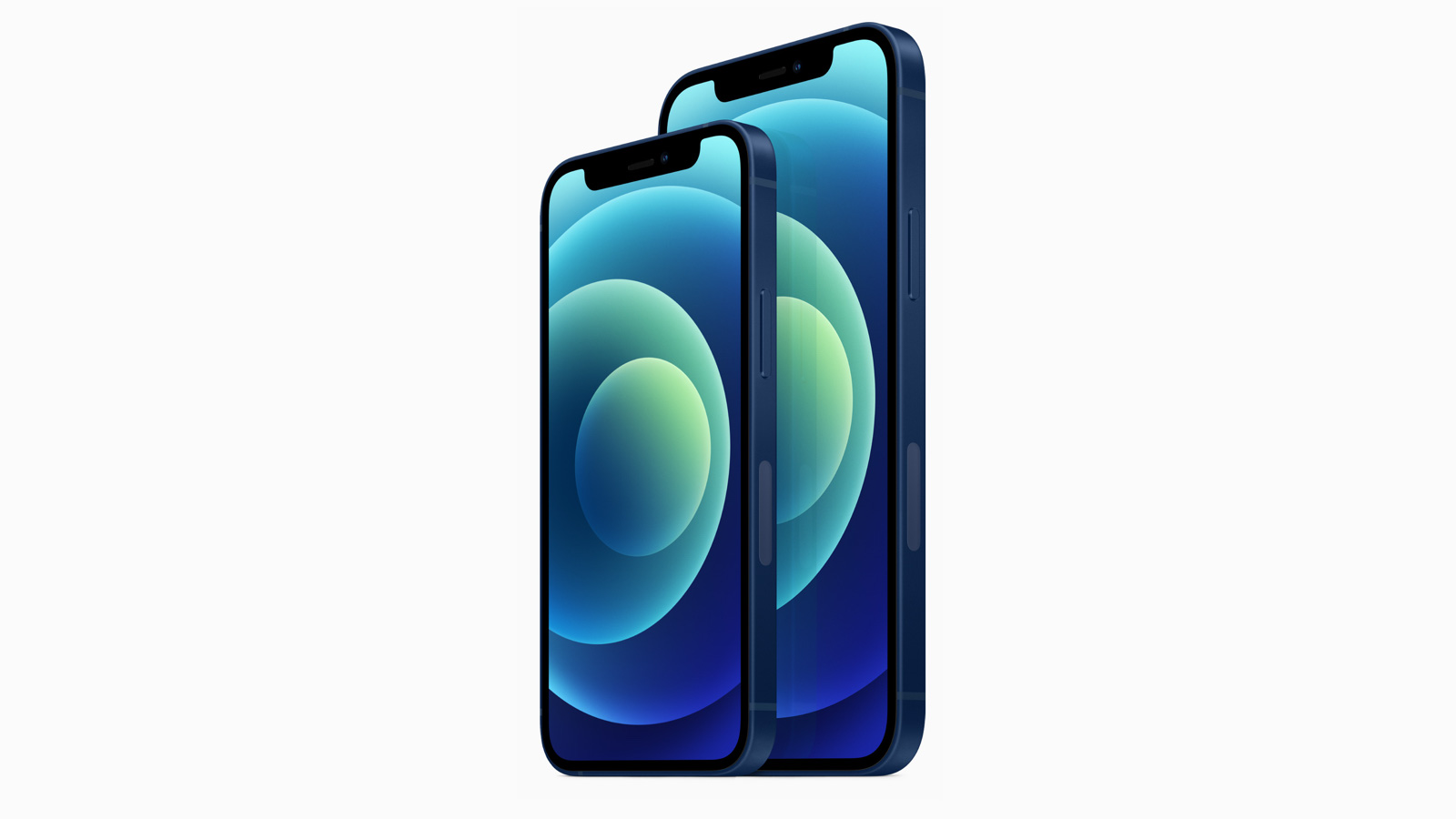
Love it or hate it, there's no ignoring the fact that Apple has a huge influence over the smartphone and portable audio market.
The iPhone 7 might have encouraged manufacturers to ditch the headphone jack, but it hasn't quite disappeared altogether. You'll find it still varies from brand to brand and model to model. Google's Pixel 4a has it, but the Pixel 5 doesn't. Samsung handsets, such as the company's newest Galaxy S21, no longer feature one. Sony's Xperia 5 II and Xperia 1 II (a What Hi-Fi? 2020 Award-winner) still sport the 3.5mm jack too, and what superb products they are.
However, as we said before, where Apple goes the rest tend to follow. And Apple clearly believes the future of portable music is without wires, Lightning or otherwise...
See all our Apple reviews
Check out the best iPhone headphones
Becky has been a full-time staff writer at What Hi-Fi? since March 2019. Prior to gaining her MA in Journalism in 2018, she freelanced as an arts critic alongside a 20-year career as a professional dancer and aerialist – any love of dance is of course tethered to a love of music. Becky has previously contributed to Stuff, FourFourTwo, This is Cabaret and The Stage. When not writing, she dances, spins in the air, drinks coffee, watches football or surfs in Cornwall with her other half – a football writer whose talent knows no bounds.
How To Plug In Headphones On Iphone Xr
Source: https://www.whathifi.com/advice/apple-lightning-headphones-everything-you-need-to-know
Posted by: hebertreveld.blogspot.com

0 Response to "How To Plug In Headphones On Iphone Xr"
Post a Comment